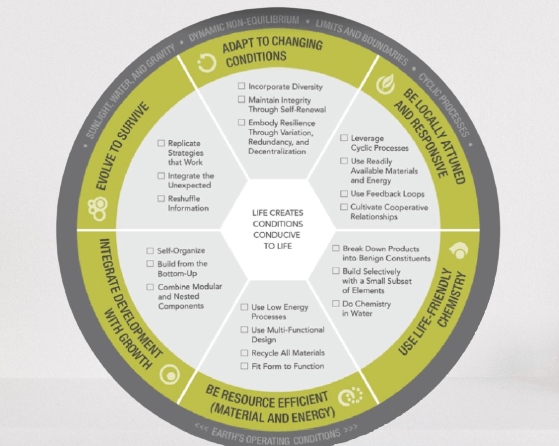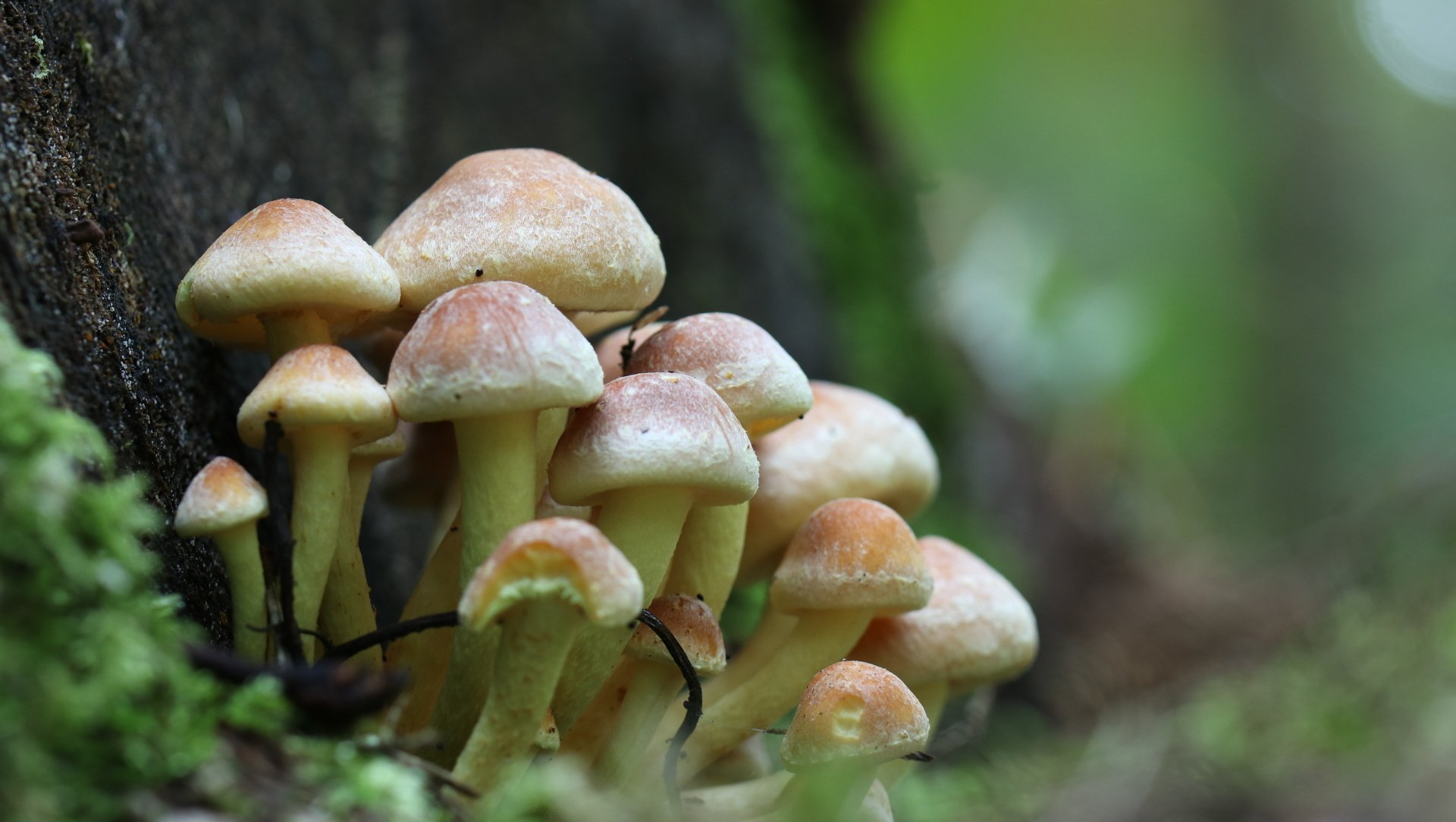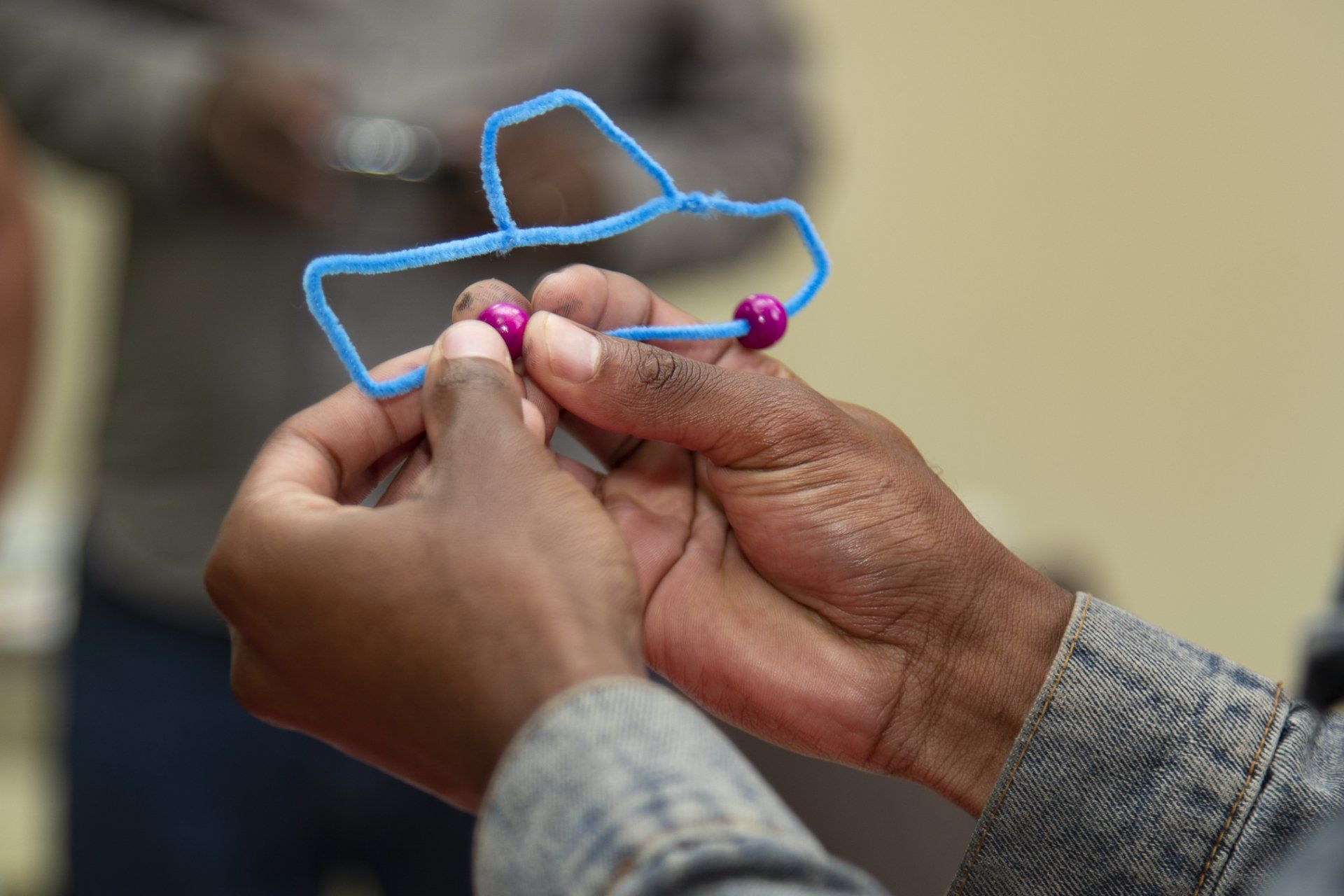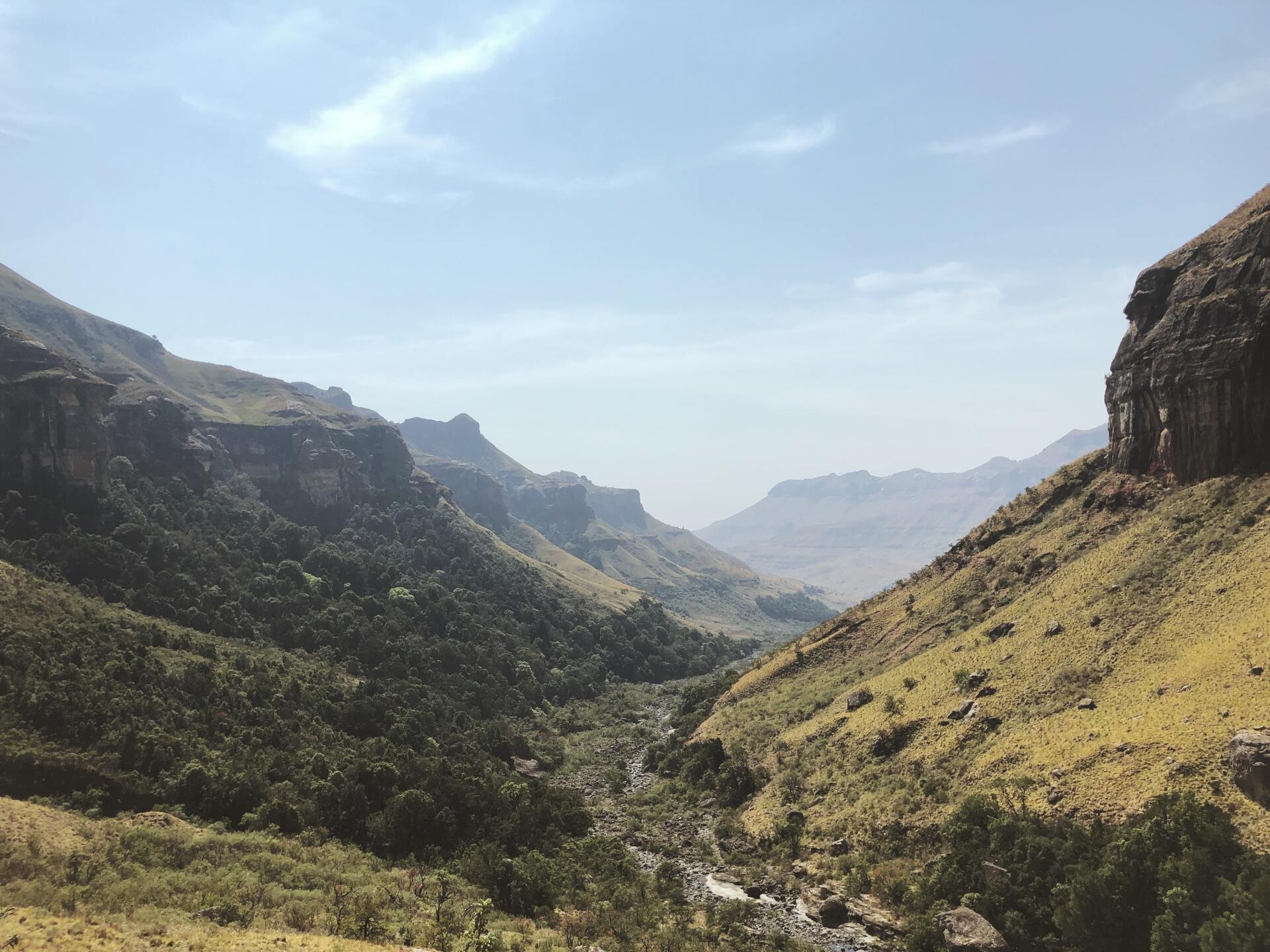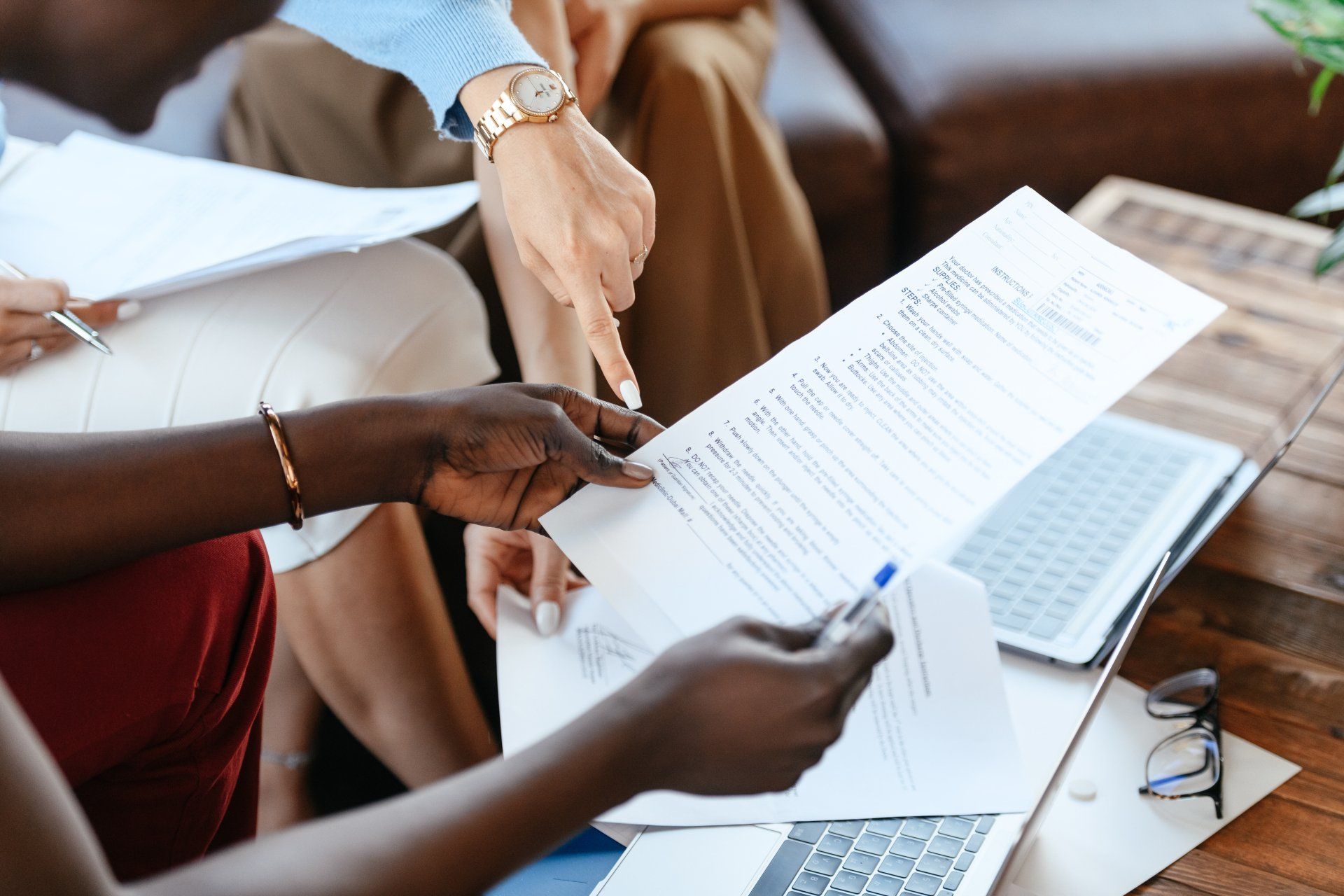Biomimicry Methodology
A translation process...
Biomimicry is essentially a translation process, translating ideas from nature into innovation applications. As it can sometimes be difficult to draw a connection between what you’re creating and something in the natural world, a critical step in the biomimicry process is to create a bridge between the human design application and the biological organism or system. This bridge is language.
Instead of looking at what an organism is (e.g. the noun), we look at what the organism is doing (e.g. the verb). In Biomimicry, we call this action or verb, the function.
The function is used as our bridge between biology and design.
Figure 3 Translating for Function - LearnBiomimicry.com
Function identification can work in both directions. Either by identifying the key functions of the organism or ecosystem and then finding where similar functions are needed in our design or by identifying the necessary functions for our design and then looking in nature to find organisms or systems that perform similar functions.
By asking what our solutions need to do, rather than what they need to be, we open up many more areas for innovation. This is an important part of Biomimicry Thinking, as it changes the way we approach solutions innovation.
In the context of this project, the community engagements and particularly the Design Thinking workshops (detailed in the Design Thinking article ) were specifically designed to gain a deeper understanding of the challenges in such a way that they can be translated into the functions we are solving for in our innovations.
While understanding function broadens the solution space and brings insight to the challenge, it does not always ensure that the solution will be viable. There may be many examples of your desired function in the natural world (e.g. nearly all organisms regulate temperature), however there will be far fewer organisms that perform that function within the same context that your innovation will be in. Properly defining the context, therefore helps to filter down the list of natural models to learn from.
The context of natural models could be the same location that our innovation needs to function in, or it could be a different location that has similar operating conditions. Context exploration can also have a metaphorical aspect which can be somewhat more complex but can add a lot of value with organisational or social-innovation applications. When innovating for a physical product it is easier to directly match the functional strategy. However, when mimicking metaphorically, the innovator relies on bio-inspiration. For example, an innovator may be inspired by the collaboration of hunting wild dogs to inform a business strategy where smaller businesses may collaborate to outsmart a big corporation.
In order to deeply understand the context in which our innovations need to succeed, a detailed Story of Place was compiled which includes the history and development of each community, its geology, biology and ecology as well as the socio-economic factors that currently shape the functioning of the community. It also looks at the more subtle relationships within the whole system and speaks to the character of the community.
“Meeting functional needs within context is one of life’s most finely tuned and universal strategies – it’s Life’s Golden Rule.”
-Claire Janisch
-
Discovering Natural Models
The Biomimicry Taxonomy was created by Biomimicry3.8 and the Biomimicry Institute to sort biological information according to function. It is a comprehensive list of the functions of organisms and ecosystems in nature. Almost every human challenge to be solved will have a corresponding function on the taxonomy.
Figure 4 Biomimicry Taxonomy – AskNature.Org
Please find a downloadable version of the Biomimicry Taxonomy here
To search for organisms and systems that meet the functional and contextual criteria, the Biomimicry Professionals and practitioners in our team use this taxonomy in combination with going out into nature for inspiration, reviewing scientific literature, brainstorming, and collaborating with biologists, ecologists and naturalists within our network.
The Genius of Place methodology can also be used to search for appropriate natural models. The goal of the Biomimicry Genius of Place (GoP) methodology is to provide a model and measure for design choices based on lessons learned from the existing inherent genius and wisdom within local ecological and social communities - a species, already in the immediate location (the exact same context), that has already solved the particular challenge you’re designing for.
Since there are many cascading challenges and functions that need to be solved for in each community, with a high level of systemic complexity, the Genius of Place methodology was not the most appropriate to achieve the desired outcomes of this phase of the project. The preferred approach was to consider the target communities as analogous to a natural ecosystem in which individual members act in a manner that benefits the whole ecosystem.
The Story of Place uses the same context defining methodology as the Genius of Place but does not narrow the solution space down to only the organisms that exist in the immediate location.
Abstracting Design Principles
Once the organisms or ecosystems that are applicable to our contexts are identified, the next step is to abstract the fundamental design principles – where we translate the essence of the biology into design language.
The design principle then captures the essence of the biological strategy, mechanism, recipes, and blueprints and translates it in such a way that it is biologically accurate but devoid of confusing biological jargon.
The level of detail necessary for abstraction varies depending on the application. There are also various scales at which design principles are abstracted and various scales at which biology is emulated.
Life Principles
Another critical component of defining context is to remember the larger context of planet earth. Using Biomimicry Life’s Principles as model, mentor, and measure for our innovations, we’re able to view our solutions and designs in a systemic way.
Figure 6 Biomimicry Life’s Principles – Biomimicry3.8
Please find a downloadable version of Biomimicry Life's Principles here
In the context of this project, it is not a prerequisite that each proposed solution meets all of Life’s Principles, however, the more principles that are met, the closer we are to operating in alignment with nature's regenerative ways. The principles that are not met, provide us with a model for how our innovations can be further improved over time.





